Portrait photography was not my thing. That much I knew for certain. Everyone I knew did that and I just didn't understand what the draw was. I liked spaces. Objects. Cities.
Returning to the Pacific Northwest means returning to the deeply vegetated, moss-covered everything that tells me I've officially left the arid climate of my mile-high home.

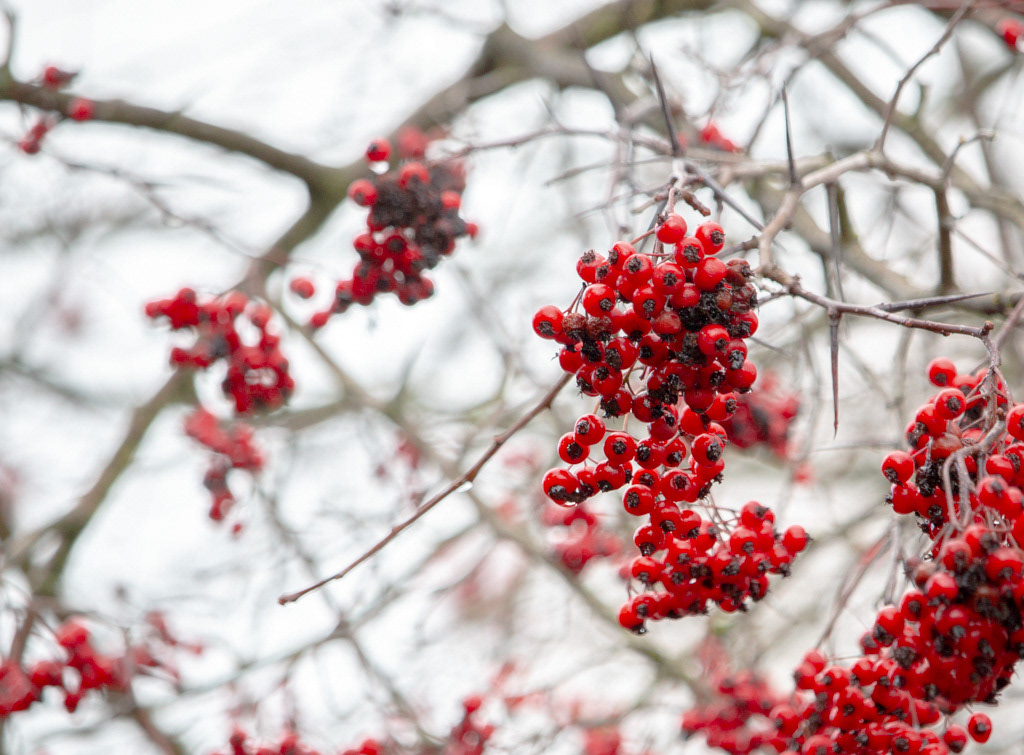
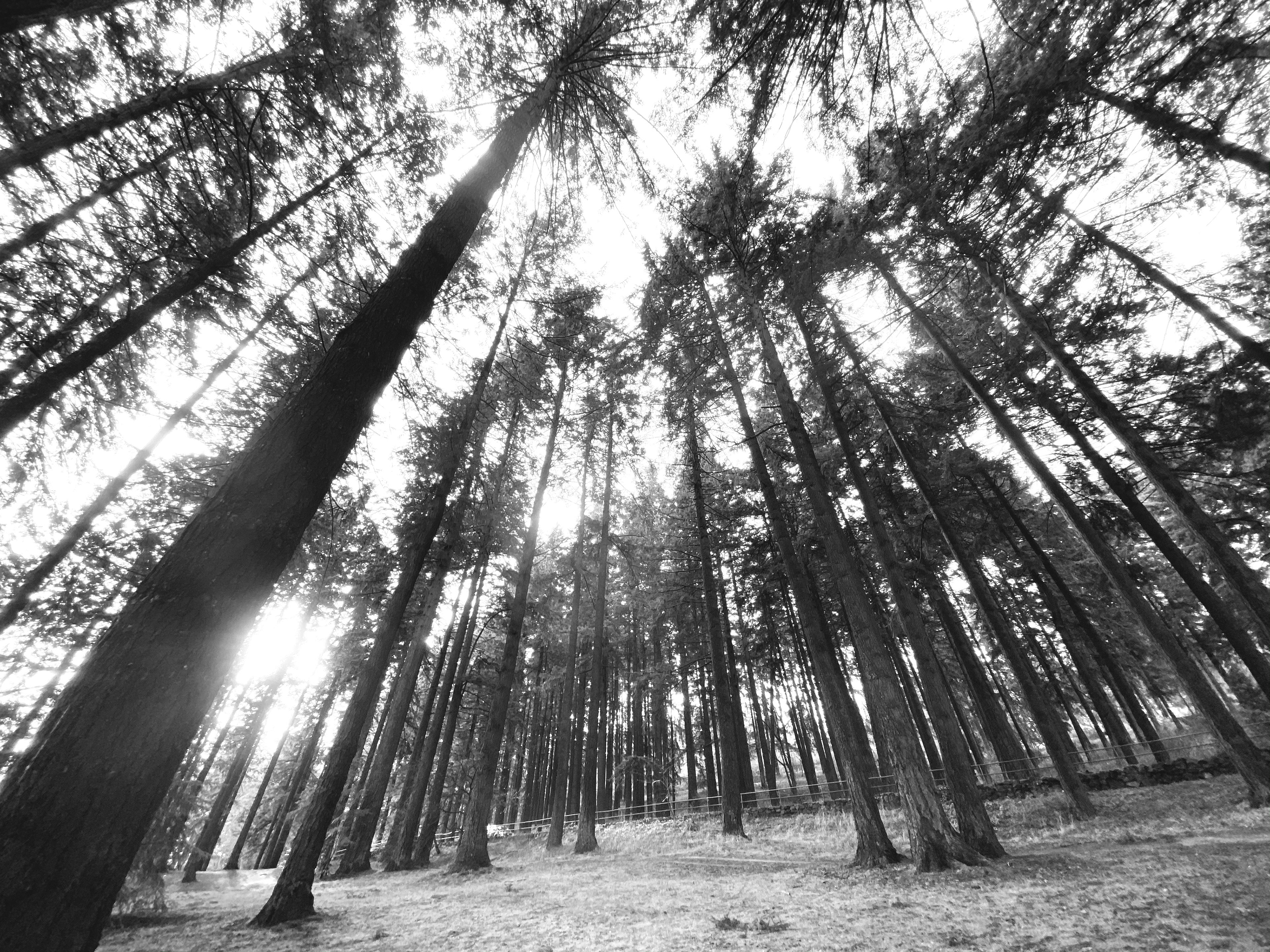
Portland is not just rich agriculturally, it's deeply rooted artistically. Even the most casual buildings are usually given a stamp of someone's vision.
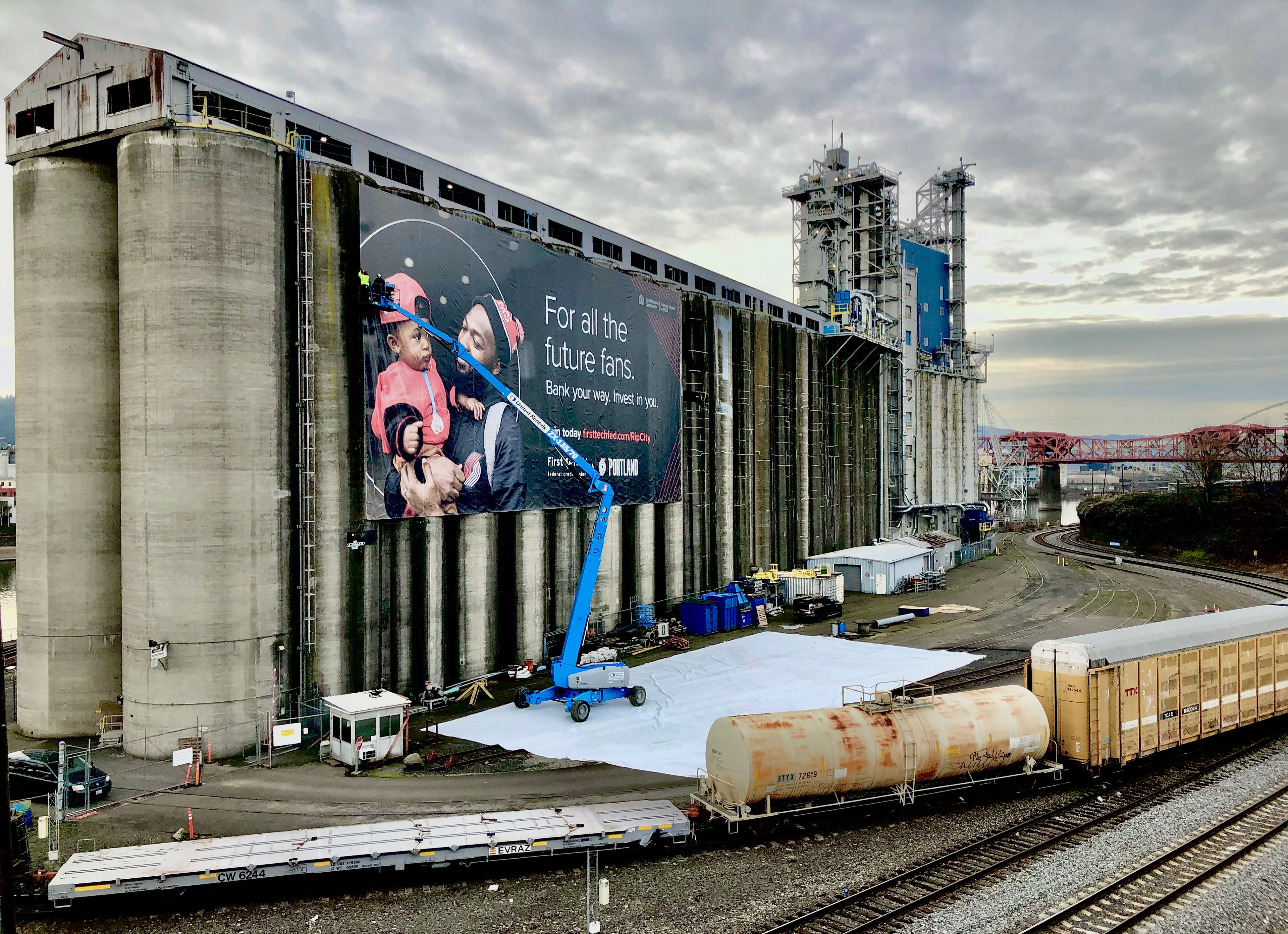
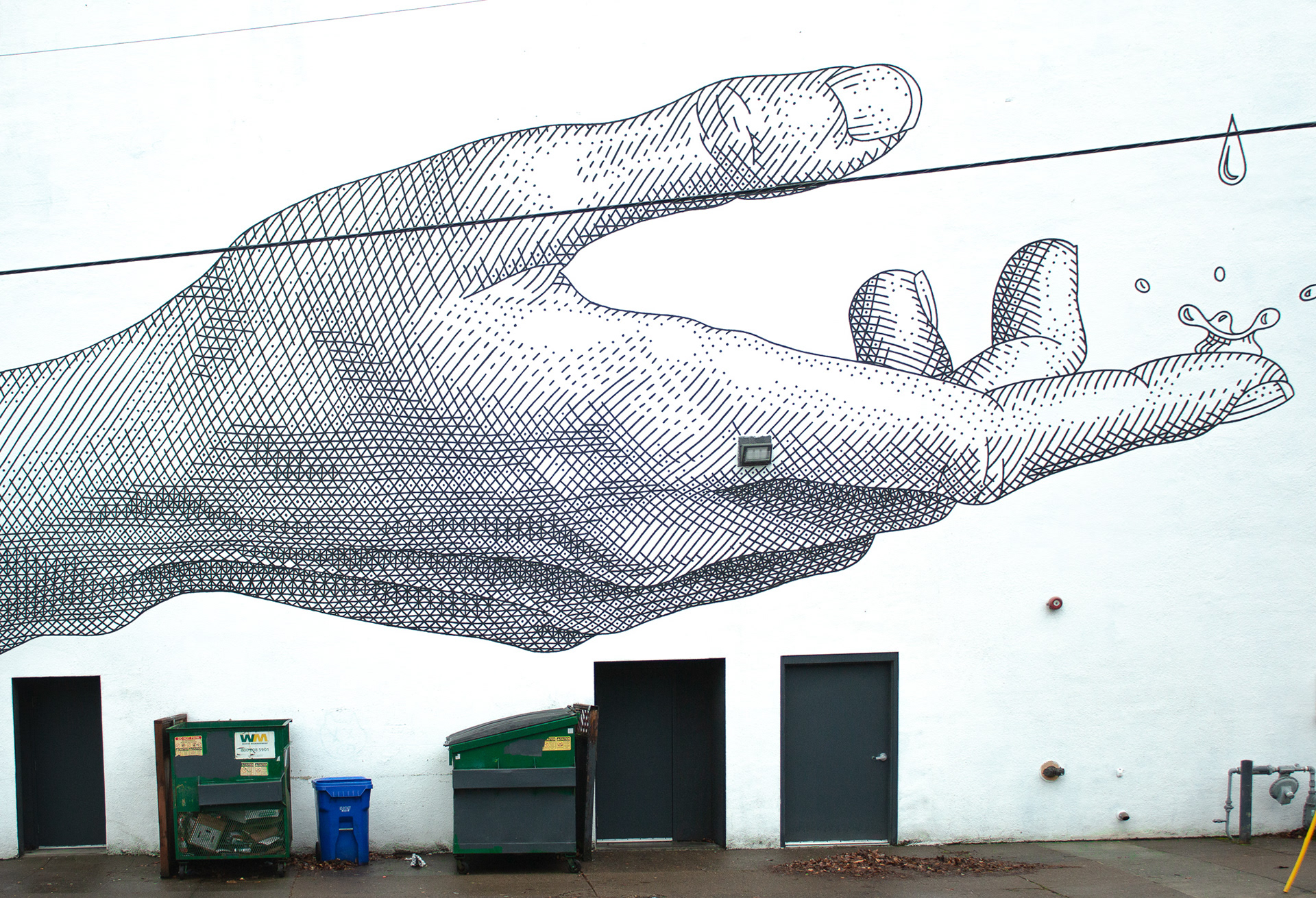
Though, some of those expressions run into each other.
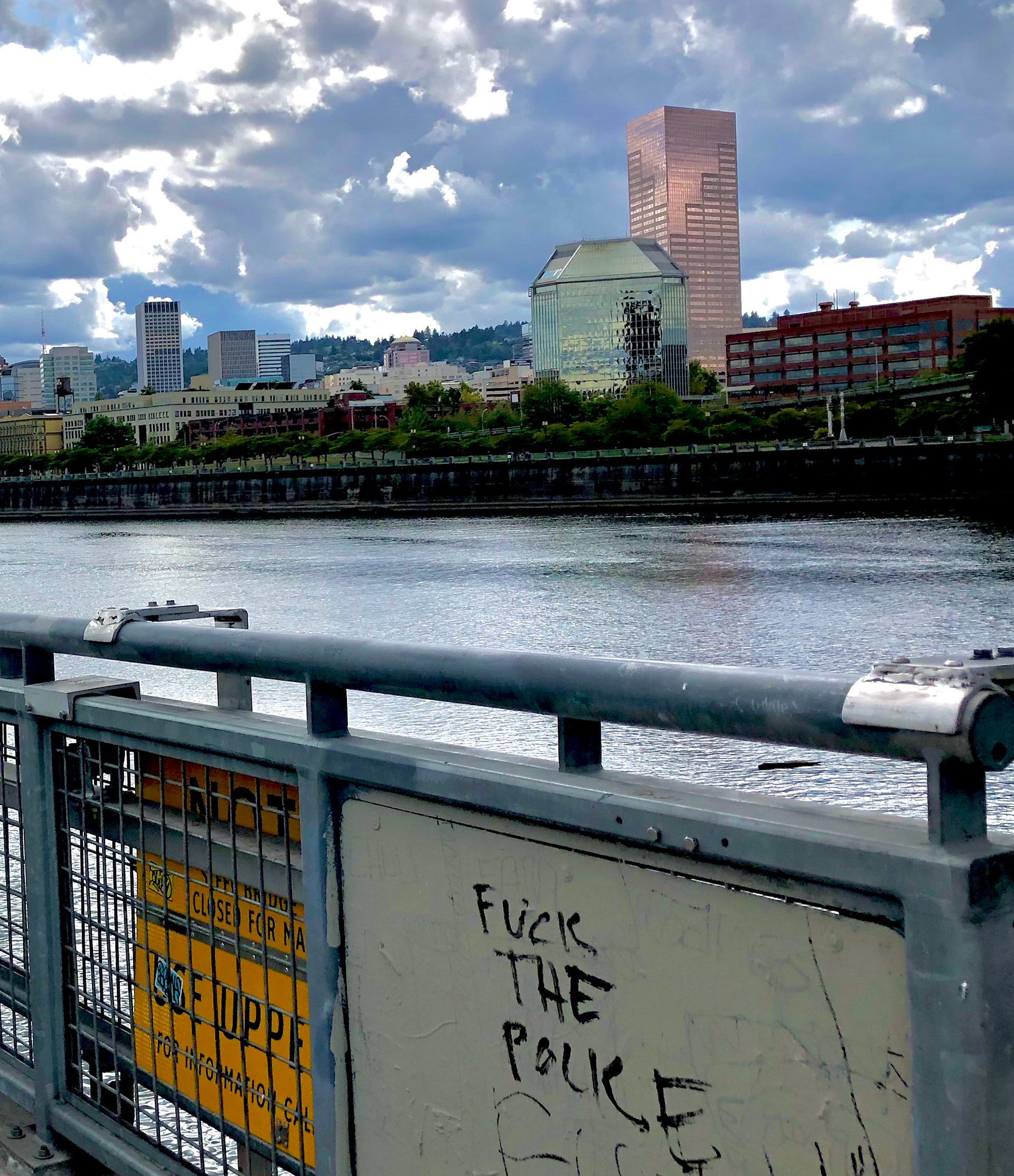
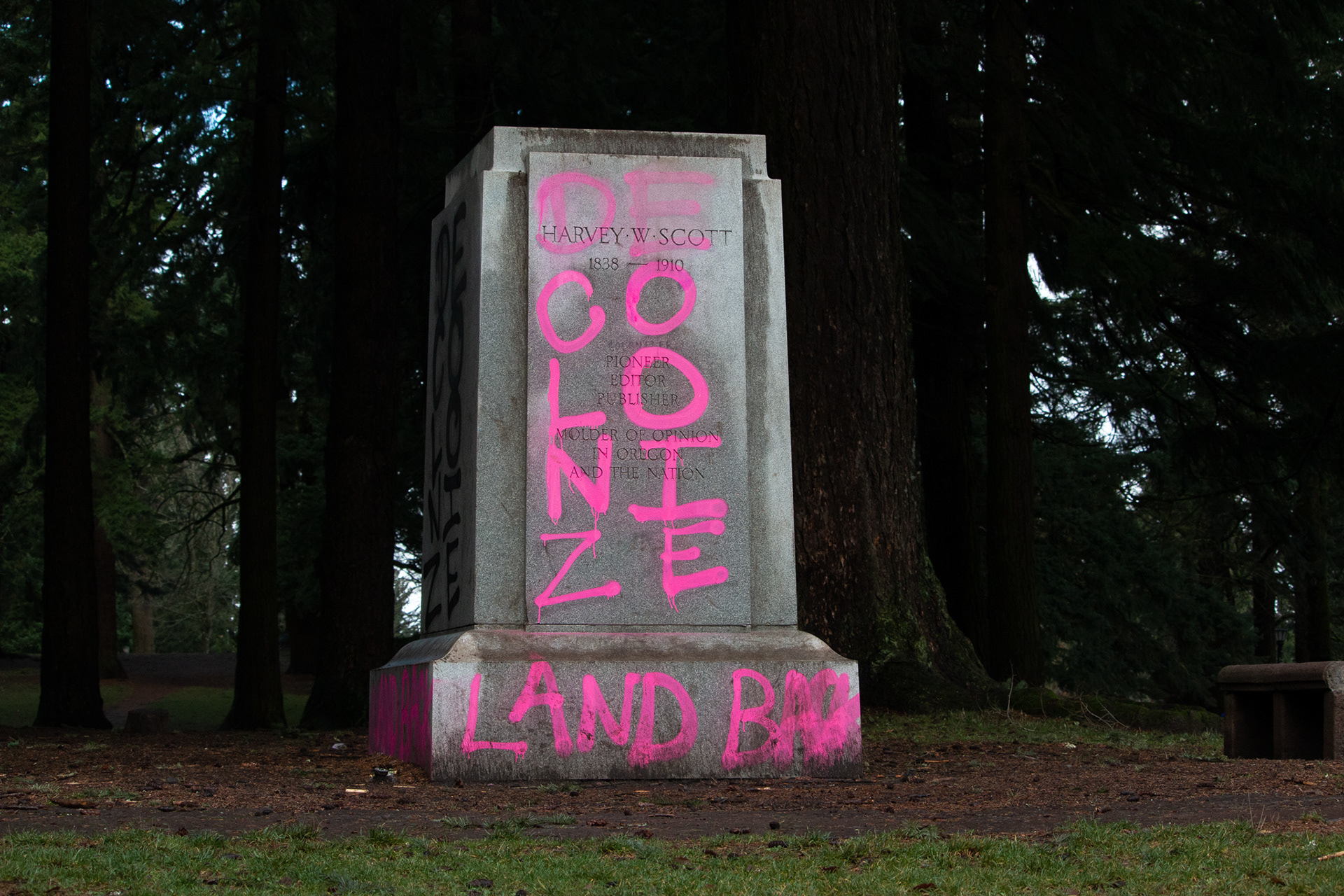
But this trip put me face-to-face with faces I knew and loved and could capture with as big an aperture as I could afford.

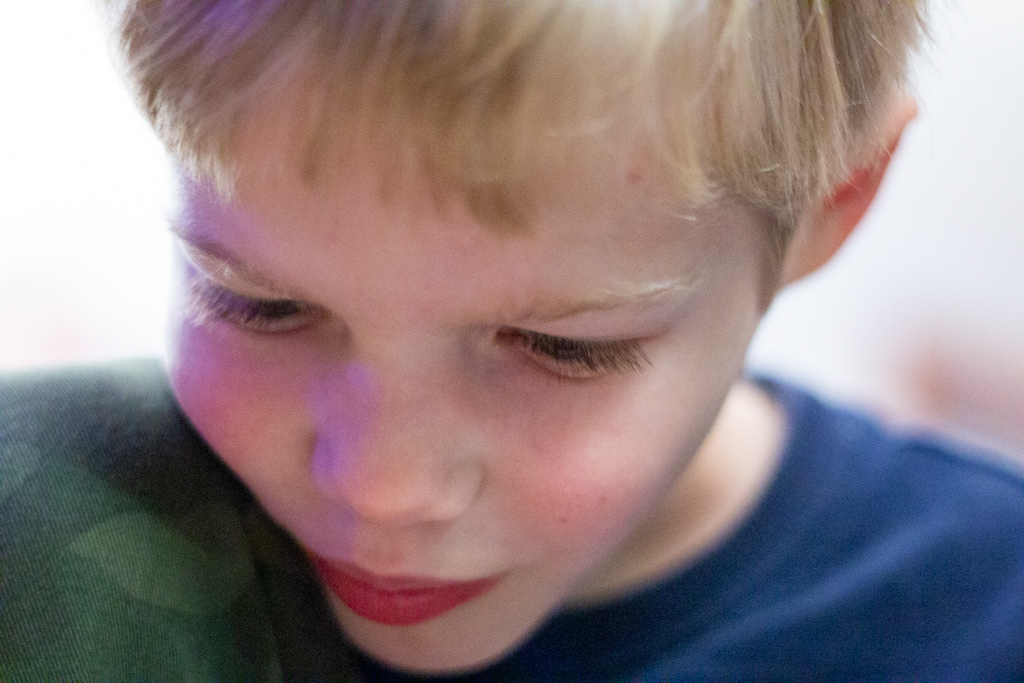
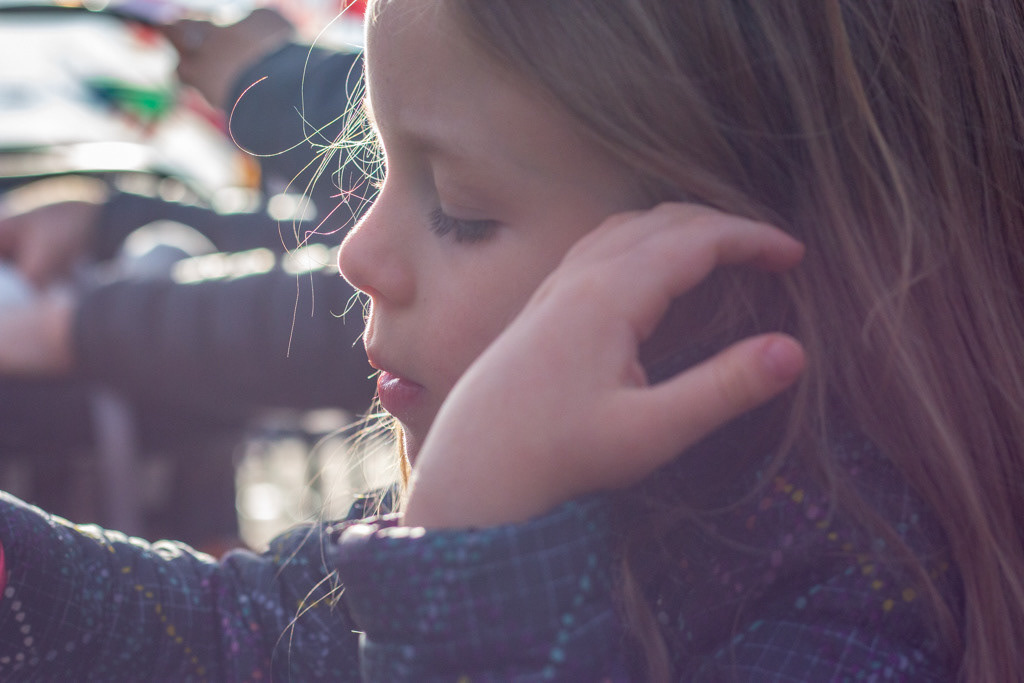
These soft, shallow images of my nieces and nephews were far more than I could have ever hoped for.
But then, unexpectedly, I found it again: that Union Station picture. Not the posed, blown-out portraits of a picture perfect family, but of the family I knew. The noisy, dog-pile of a seven kids who all got married and now had kids of their own.
Bad coloring, bad framing, bad lighting, but it was real. The kind of real that wasn't about composition and expertise but timing.
That evening, my niece, following in the footsteps of her mother's entire family, was learning violin. I accompanied her as she performed her recital. When the two of us took our bows, the room broke into applause. I think it was her first time experiencing the unbridled praise of an entire room.
The look on her face said it all.
That face, out of focus as it was, could not be posed, only captured. And, in this case, only captured with my trusty phone.
Just being in the right place at the right time with whatever capturing device I had on me was enough. If the story was there and I could see it, I just had to be quick on the draw—a lesson that would be reinforced as we all parted ways.